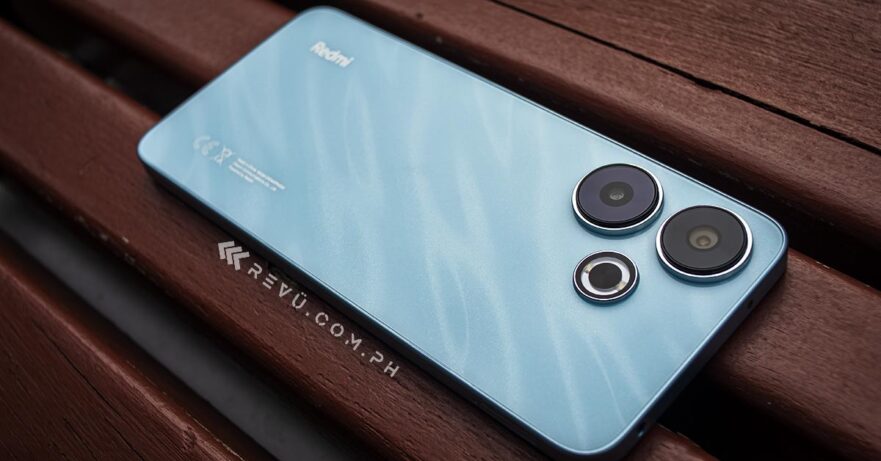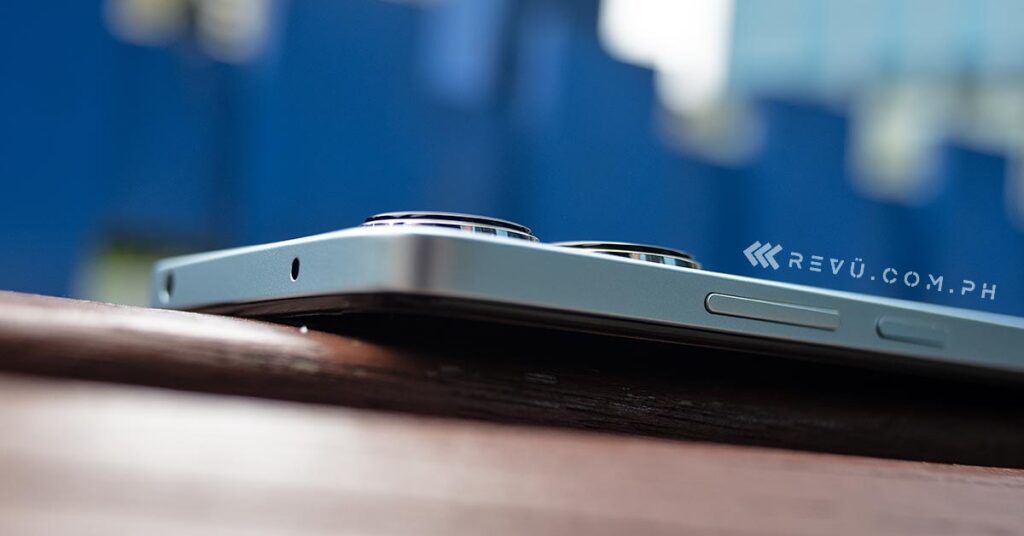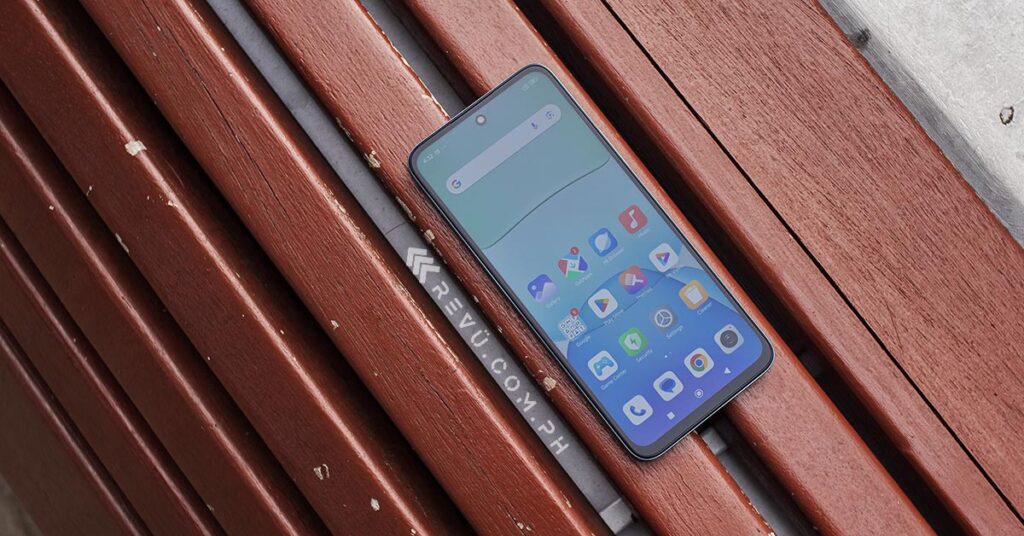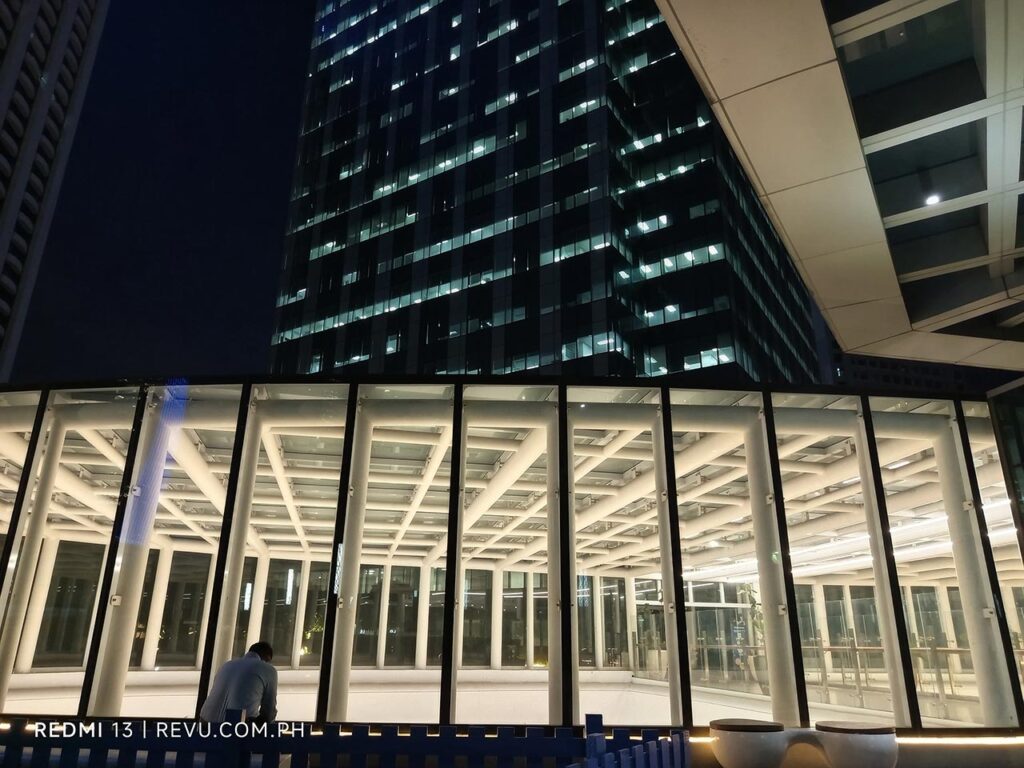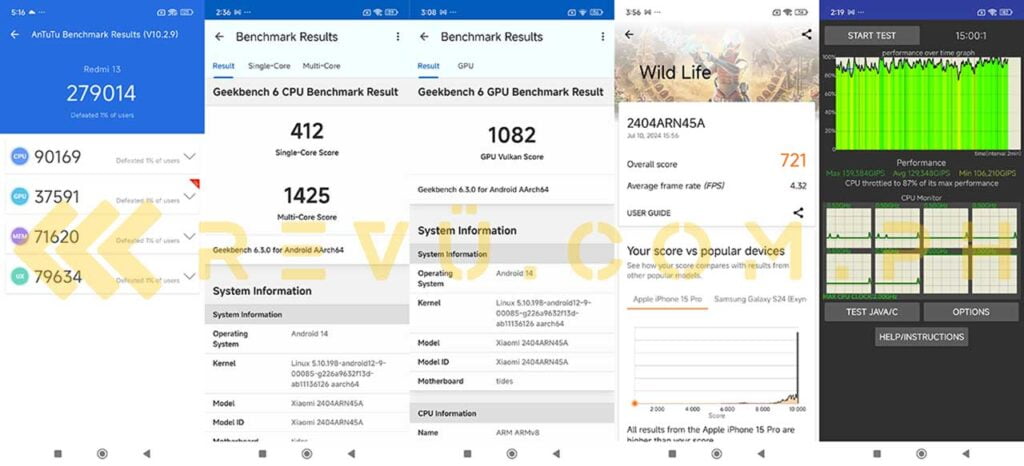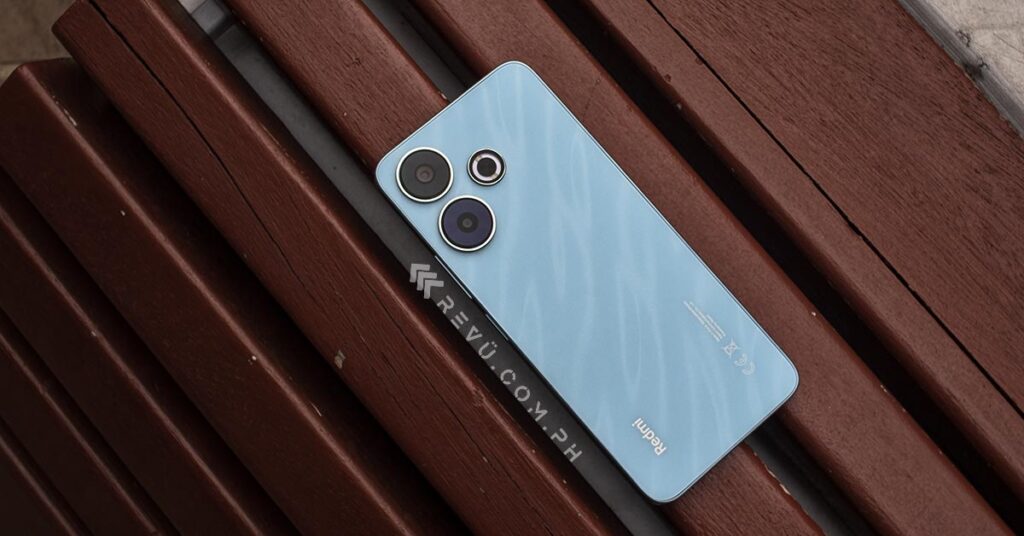Xiaomi‘s Redmi lineup thrives in the crowded budget-phone market, and the Redmi 13 is its latest contender.
In the Philippines, the smartphone is priced at P7,999 (roughly $137 converted) for 8GB of RAM and 256GB of storage. The new model comes with some thoughtful upgrades, including a youthful color palette with a wave-patterned back (on the blue version) and a 108-megapixel main sensor.
But does it offer enough to stand out? Let’s find out if this successor to the Redmi 12 4G builds upon its legacy or stumbles out of the gate.
Beauty on the outside
Let’s get some things out of the way: We can confirm that the local version of the Redmi 13 4G doesn’t have a built-in FM receiver as well as NFC, but it does come with a 33-watt charger in-box, unlike other variants for international markets. Our review unit also shipped with a transparent silicone case that fits the device nicely.
The Redmi 13 carves out a niche in the crowded budget-phone market with a striking design and a smooth display, but some cut corners hold it back.
@revuphilippines Lucky (Redmi) 13. 👇🏻 Unboxed. #Redmi13 #Redmi #Xiaomi #XiaomiPH #XiaomiPhilippines #RevuDotComDotPH @Xiaomi Philippines @Xiaomi @monch @Alora Uy Guerrero ♬ original sound – Revu Philippines
Our short Redmi 13 unboxing video
Looking at the handset, you’d be forgiven for mistaking it for its predecessor. It’s the same flat-edged slab with a triple-lens cutout on the back and a centered punch-hole selfie camera. Thankfully, Xiaomi ditches the usual color options for a more youthful vibe, with the exception of the Midnight Black colorway, of course. Our review unit, in Ocean Blue, boasts an attractive wave-like pattern, and other options like Pearl Pink and Sandy Gold offer a similar level of personality, while also hiding fingerprints and smudges well.
Despite its budget price, the Redmi 13 manages to impress with a glass front and back. The display glass uses Corning Gorilla Glass for added scratch resistance — though we’re not sure which version this is. The plastic middle frame looks good and feels surprisingly sturdy. There is practically no flex or hollowness to the chassis. The phone boasts basic IP53 water resistance, too, which means it is protected from some dust and light rain, but not waterproof.
The Redmi 13 takes a utilitarian approach to button placement. The right side clusters the volume rocker and power button, with the latter doubling as a fast and secure fingerprint sensor. Both buttons offer satisfying clicks and are positioned for easy reach.
The left side remains mostly bare, interrupted only by the SIM and microSD card tray. Flipping the smartphone over, you’ll find the usual suspects along the bottom: the USB-C port flanked by the main microphone and a mono speaker. Thankfully, Xiaomi hasn’t ditched the beloved 3.5mm headphone jack, which resides up top alongside an IR blaster — a handy extra for controlling nearby appliances and devices.
The display isn’t the most bezel-less beauty on the market. It falls into the category of “typical budget phone” with slightly chunky bezels framing the screen. These bezels house the light sensor and a rather large punch-hole cutout for the selfie camera.
The Redmi 13 packs a large 6.79-inch IPS screen with FHD+ resolution. While sharpness is decent, the display suffers from reflectiveness and inadequate brightness, making outdoor use and brightly lit environments a struggle sometimes. Xiaomi claims a max brightness of 550 nits in high-brightness mode, but it’s clearly not enough. The saving grace? Widevine L1 certification ensures high-quality streaming on popular video-on-demand services, such as Netflix, Amazon Prime Video, and Disney Plus.
On a brighter note, Xiaomi equips the device with a 90Hz panel. While not the highest some competitors offer, it’s a noticeable step up from the standard 60Hz. The phone cleverly uses an adaptive refresh-rate system that dynamically adjusts between 36Hz, 48Hz, 60Hz, and 90Hz based on what you’re doing on the screen. This helps preserve battery life without sacrificing smoothness when needed. It works seamlessly, and we recommend sticking to the default settings for optimal performance.
Big camera upgrade (at the back)
The Redmi 13 steps up its camera game with a noteworthy upgrade: a 108-megapixel main sensor. This boasts 3x in-sensor zoom for sharper closeups and 9-in-1 pixel binning to improve dynamic range as well as low-light performance. Aiding the sensor is a wide f/1.75 aperture lens for better light capture.
You also get a 2-megapixel sensor for macro shots and a 13-megapixel selfie camera that gets the job done for social media and video calls.
Photos taken with the Redmi 13 are generally pleasing, with vibrant colors and a good amount of detail thanks to the high-resolution sensor. There’s even a dedicated 108-megapixel mode for those craving maximum sharpness.

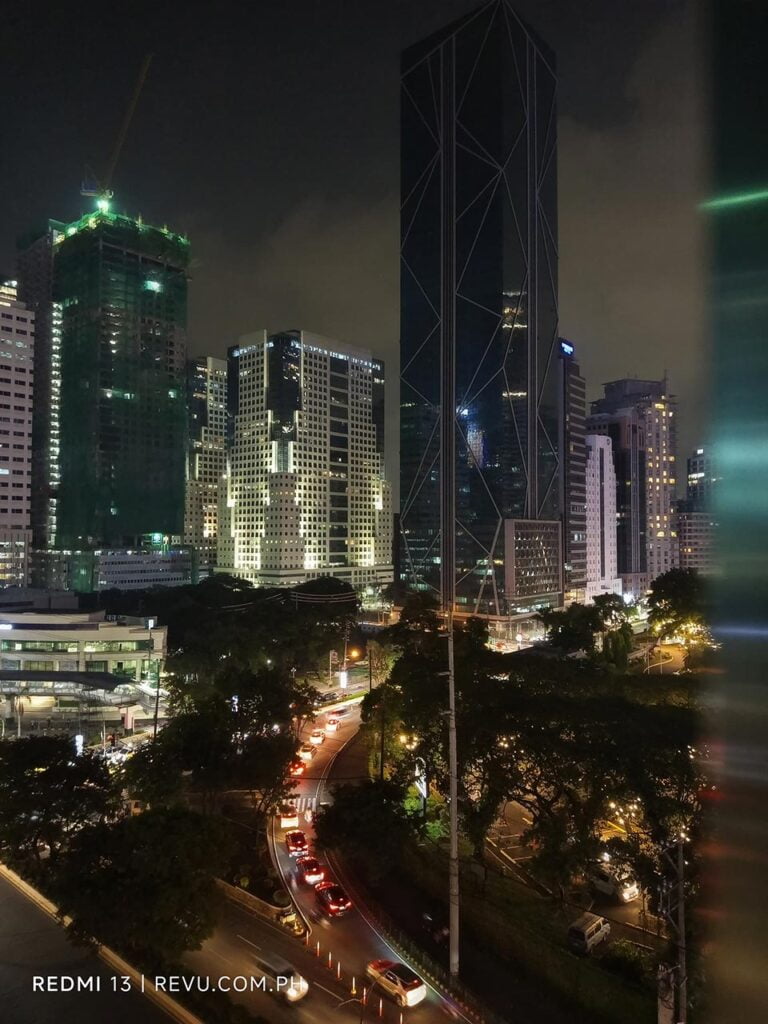
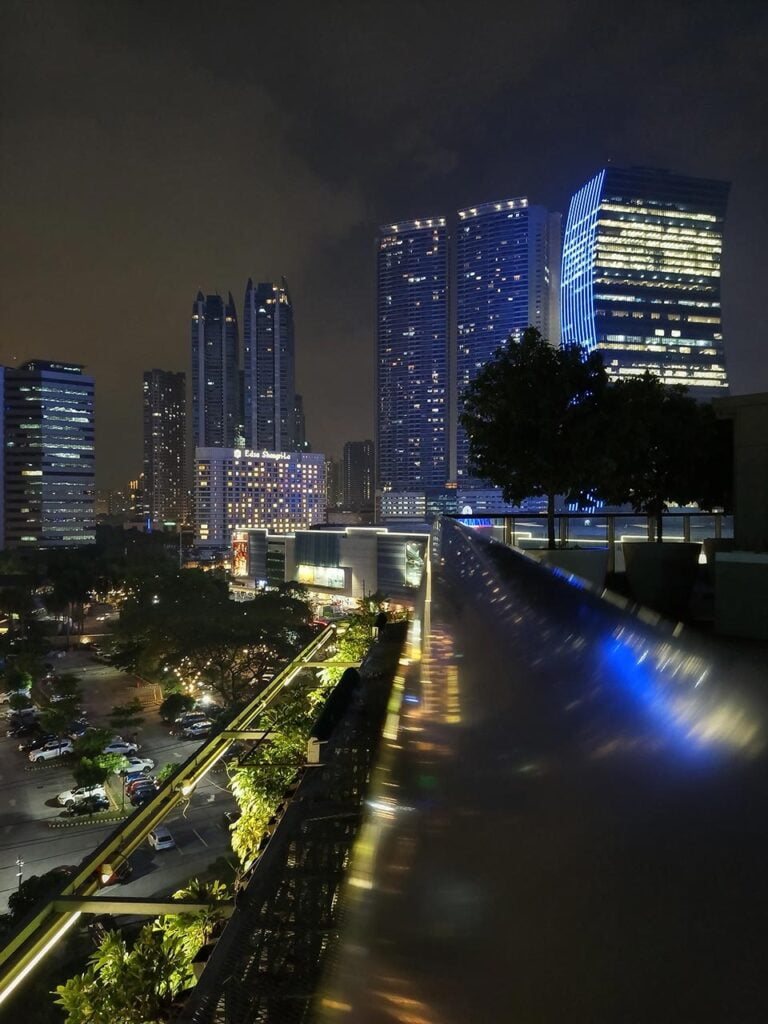
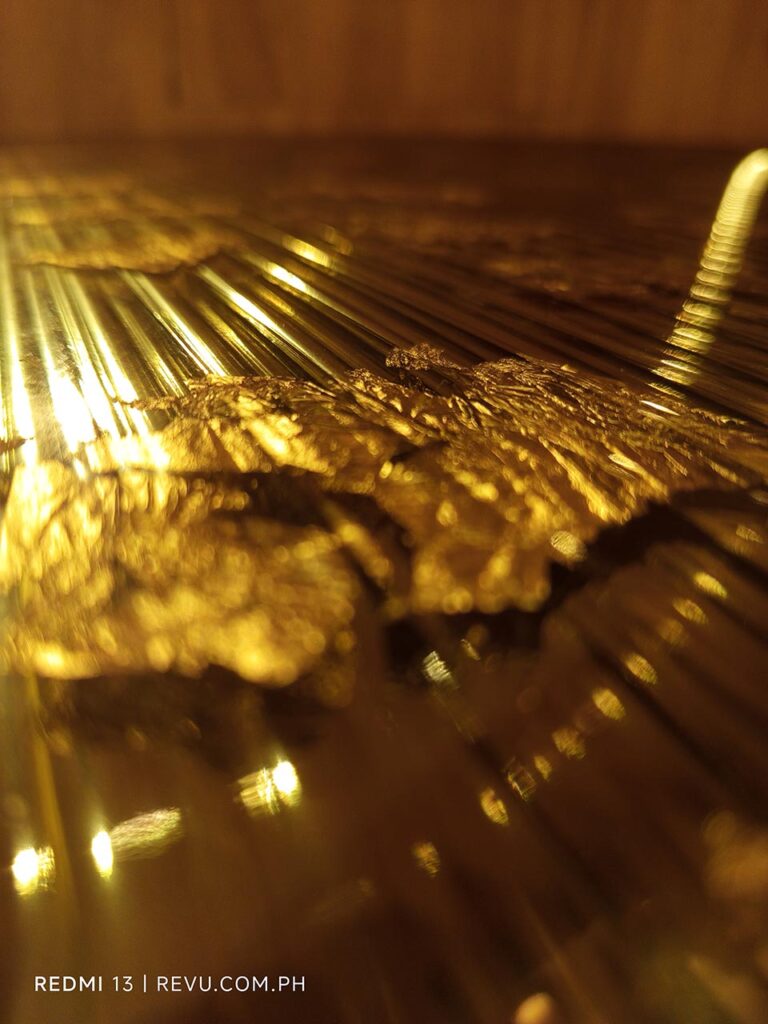
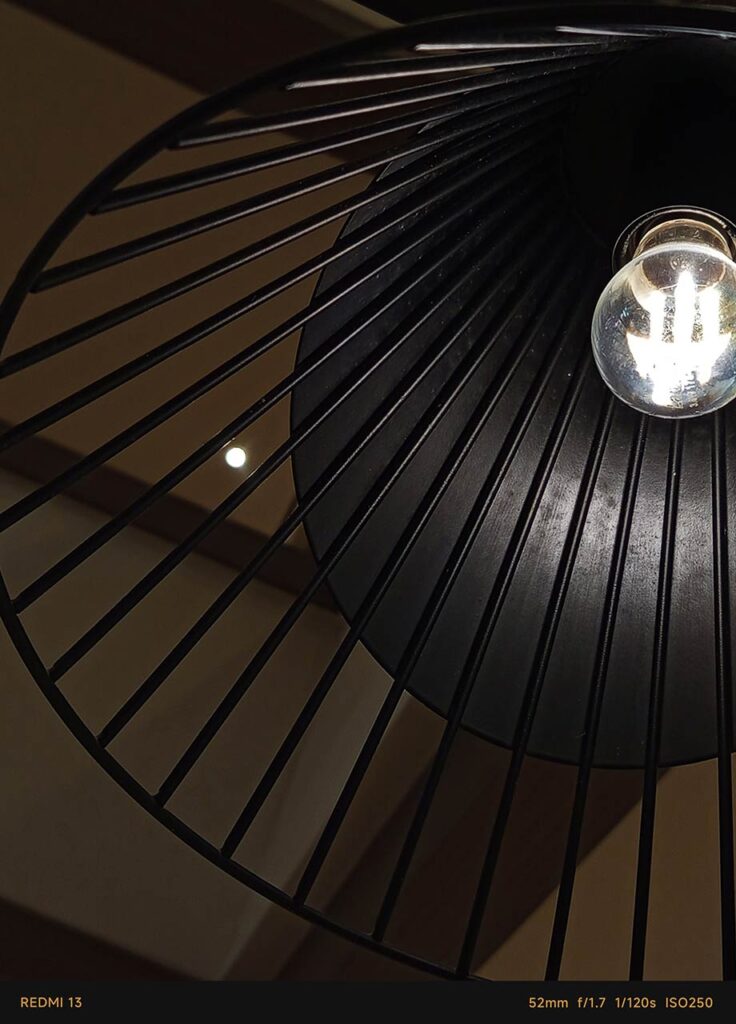
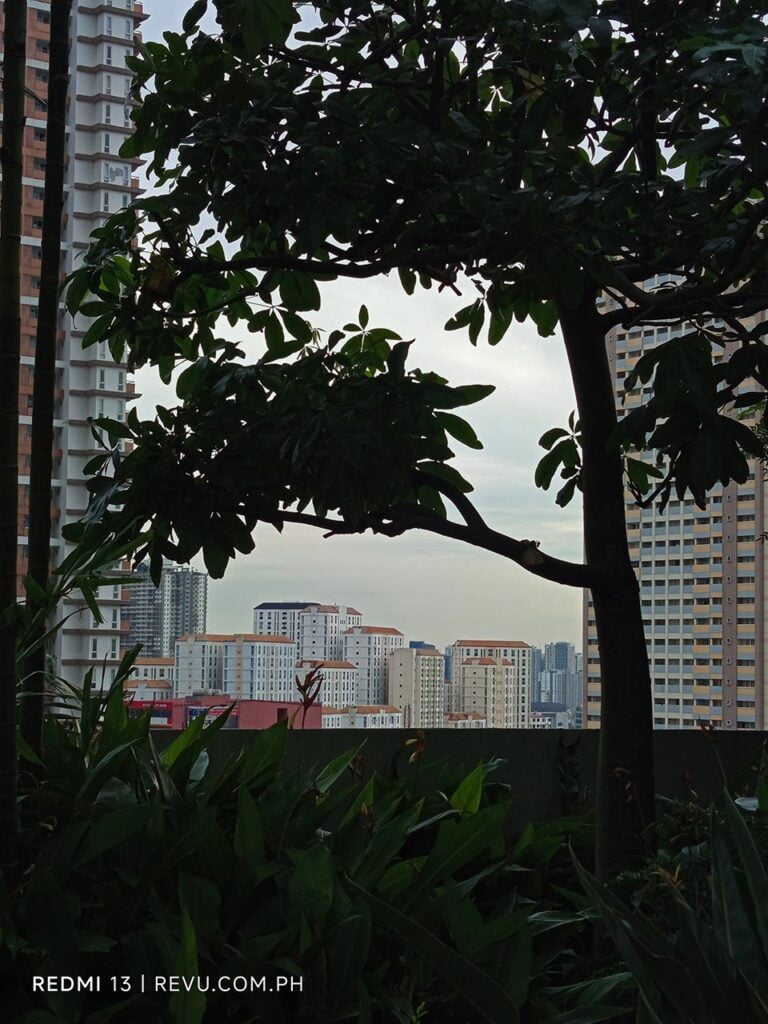
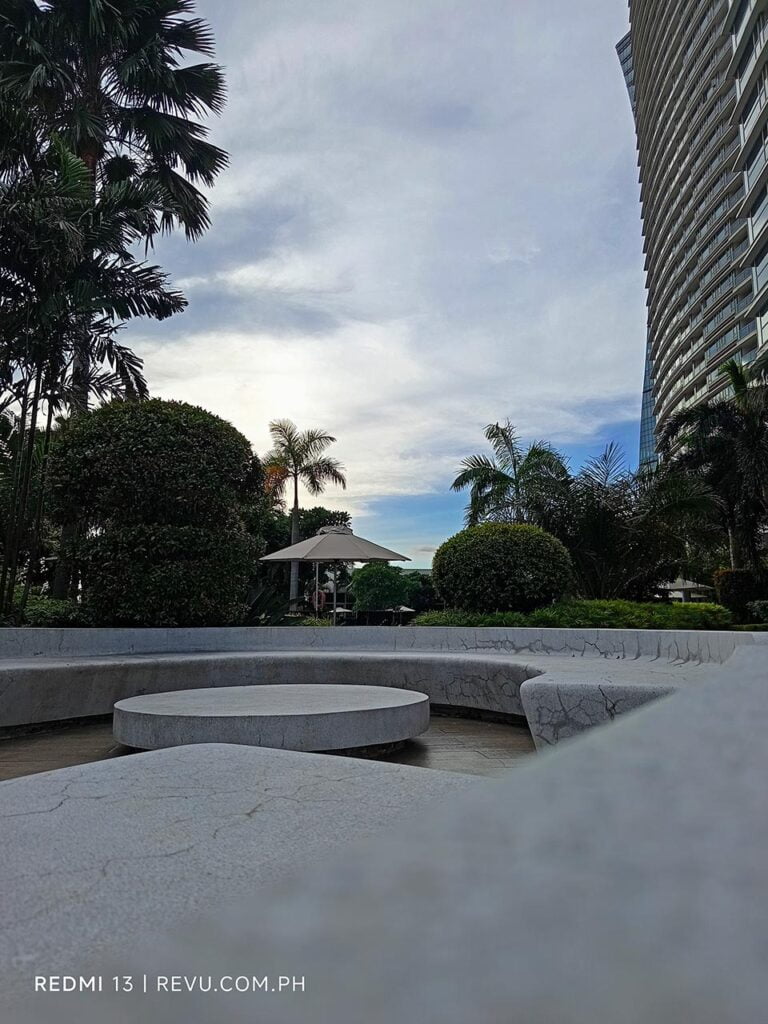
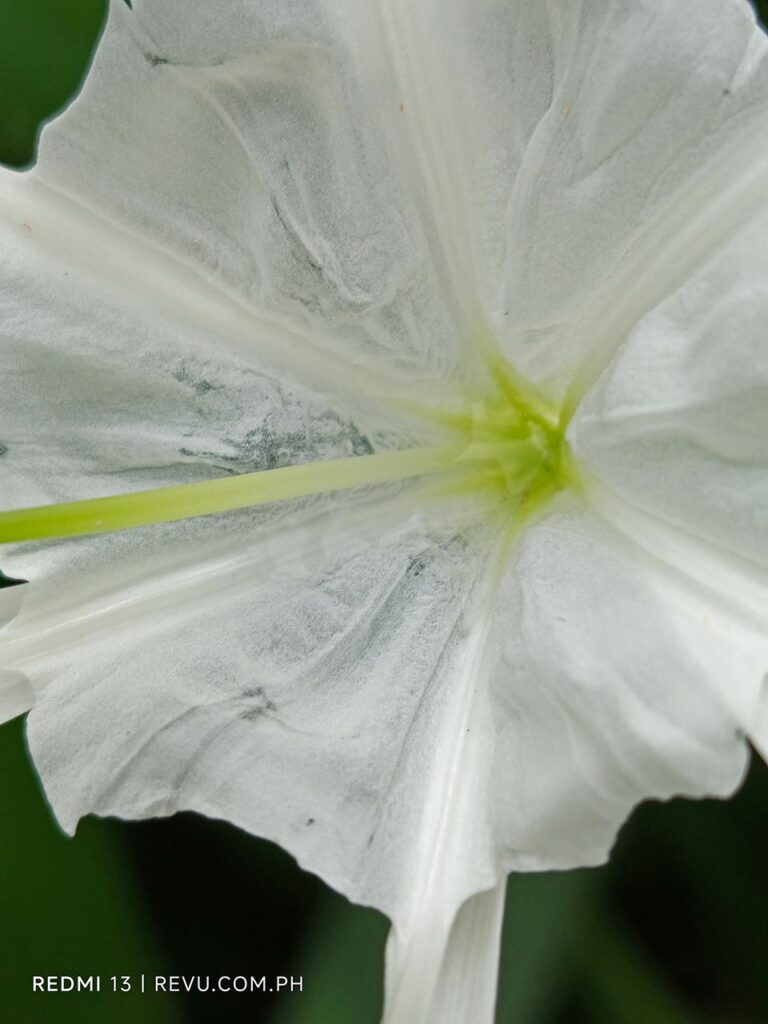




Sample shots
The 3x in-sensor zoom is a definite perk, offering more control over framing and letting you capture distant subjects without resorting to blurry digital zoom. Low-light performance is acceptable, though while images remain usable in dim environments, expect softer details and increased grain. It should be able to handle casual nighttime snaps just fine.
The macro sensor is a bit of a letdown. Given its low resolution, you’re better off using the main camera and zooming in digitally. As expected, this feels like a box-checking exercise for the budget-phone category, with limited practicality beyond basic closeup shots.
One surprising limitation: Despite the high-resolution main sensor, video recording is capped at 1080p. This is likely a constraint of the Redmi 13’s processor. The absence of an ultrawide feels like a missed opportunity, too, but then again, given the entry-level price point, we get it.
Budget power
The Redmi 13 runs Xiaomi’s new HyperOS skin, built on top of Android 14. While the interface boasts a flatter design and smoother edges compared to MIUI, the overall experience feels familiar to Xiaomi veterans. For some reason, though, our review unit lacks the revamped Quick Settings panel found on the flagship Xiaomi 14, and multi-window apps seem to be missing as well.
There are performance nuances to consider. Powered by a MediaTek Helio G91 Ultra chipset, which is similar to the Helio G85 and Helio G88 (with minor differences), the Redmi 13 stutters during everyday tasks. We suspect the culprit is the dated eMMC 5.1 storage bottlenecking the entire system. The aging dual-core Mali-G52 GPU doesn’t exactly help either.
While the phone can technically run demanding games like Zenless Zone Zero and the definitive edition of GTA: San Andreas, the experience won’t be ideal. For a lag-free gaming experience, we suggest you stick to less resource-intensive titles like Streets of Rage 4.
It’s worth noting that the Redmi 13 avoids excessive heat buildup. Even under stress, the phone throttles back gradually to manage thermals. This prevents overheating shutdowns.
Compared to the previous model, the Redmi 13 boasts a minimal bump in battery capacity to 5,030mAh, accompanied by a welcome upgrade to 33-watt fast charging, up from 18 watts on the Redmi 12. While we couldn’t obtain PCMark’s battery benchmark results, our own tests simulating gaming and video-streaming sessions yielded a 25% battery drain over two hours of use at high brightness. That said, casual users can expect a full day’s worth of battery life on a single charge.
Final thoughts
The Redmi 13 treads a familiar path in the budget-phone arena. It boasts a striking design, a smooth display, and a capable camera system — all at an attractive price point. Some cost-cutting measures hold it back from achieving true greatness, but it’s still a decent budget option.
Redmi 13 4G specs
- 6.79-inch LCD display, FHD+ resolution, 90Hz refresh rate
- 12nm octa-core MediaTek Helio G91 Ultra 4G processor
- Mali-G52 MC2 GPU
- 6GB/8GB RAM
- 128GB/256GB storage
- Dual 108-megapixel main, 2-megapixel depth rear cameras
- 13-megapixel front camera
- Side fingerprint reader
- 5,030mAh battery with 33-watt fast charging
- HyperOS based on Android 14
- Colors: Midnight Black, Sandy Gold, Pearl Pink, and Ocean Blue
Share this Post


